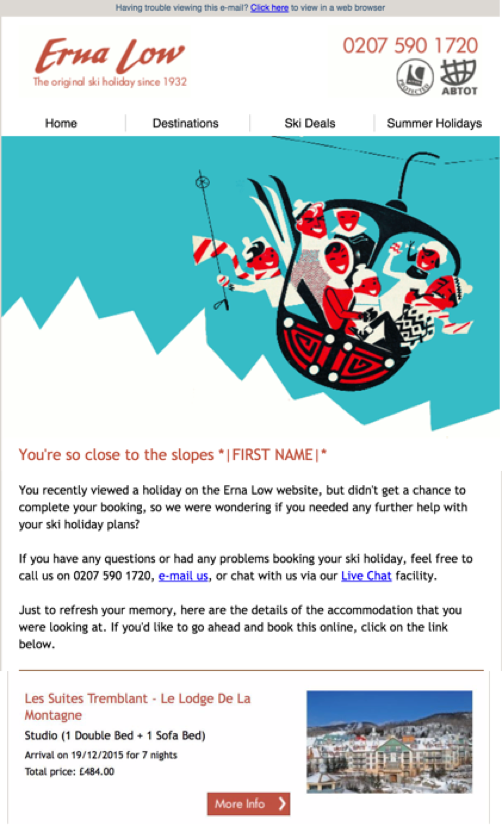Conversion rates are a major KPI for everyone in marketing, CRM or eCommerce. No company in existence has a 100% conversion rate, but it’s all of our jobs, whether directly or indirectly, to try and get our business’ figures as close as possible.
Marketing automation tools have made the job much easier, helping teams to segment potential customers and automatically send them the communications we’ve designed to nudge them further along the sales funnel.
Much of the conversion about marketing automation has focused on B2B marketers, talking about getting prospects to a point where they’re warmed up enough to be passed onto the sales team to be closed – but it’s just as essential for B2C marketers.
The average conversion rate of an ecommerce site is anywhere between 1 and 6%, depending on a huge range of variables that don’t just apply to the sites themselves, but the referral source, the device the user is on, the time of day, the location of the user, their operating system… you get the idea.
But that doesn’t mean that the vast majority of visitors who leave the site without purchasing will never purchase – they just aren’t purchasing right now. Which is where marketing automation comes in, nurturing that visitor until they make a purchase.
“B2C marketers who are using automation- including everything from birthday emails to cart abandonment programs – have seen conversion rates as high as 50%.” – eMarketer “Email Marketing Benchmarks” (2013)
Where Marketers Are Failing
Marketing automation platforms are delivering real results for B2C businesses, but I’m willing to bet that the majority of companies, especially newer adopters of the technology, aren’t using it to its full potential.
Yes, conversion rates are increasing, time is being saved, and you’re noticing more customer engagement – but they could be increasing by much more.
When teams are setting up their automated programmes, they’re creating a series of content and triggered emails that are sent out when a visitor completes a certain action. What a potential customer does with that communication determines what they receive next (or at least, that’s what should be happening).
The thing is, for the most part, everyone else who completes these actions is receiving exactly the same content and communications – despite being completely different people.
Oh, they’re probably merging in the recipient’s first name into the body copy of an email, (or if they’re really smart, the subject line), but personalisation has evolved so much further than that.
How To Do It Better
When a visitor is browsing your site, they’re giving you a real insight into what their interests are. There’s a huge range of data that you could be collecting that allows you to target them much more effectively.

Ski holiday provider Erna Low found that their abandoned basket emails had open rates of 65%, with click through rates of 22%. How did they achieve such good click rates? By including dynamic, relevant content.
Not one customer in this automated campaign received an email that was identical to someone else’s, because the content was automatically populated with the holiday they’d put into their basket and then left onsite.
It’s not just abandoned basket emails – Amazon does great email automation that cross-sells related products to previous purchasers. They know what products are often purchased together, what other people who purchased the same items also liked, and can make effective and highly relevant recommendations based on that.
Do you combine an ecommerce offering with physical store locations? Send your customers offers that are store-specific, tailored to their location – 56% of consumers would be interested in having their personal information used this way.
Know your customers’ dates of birth? What about a happy birthday message, or a birthday offer? Do they often browse your site and open emails from you on their mobile? Why not use the opportunity to promote your app?
A study last year found that 47% of consumers are stressed by marketers targeting them with irrelevant content. When you’re already saving time and effort by automating your communications, why not make them more engaging and successful by using dynamic content?